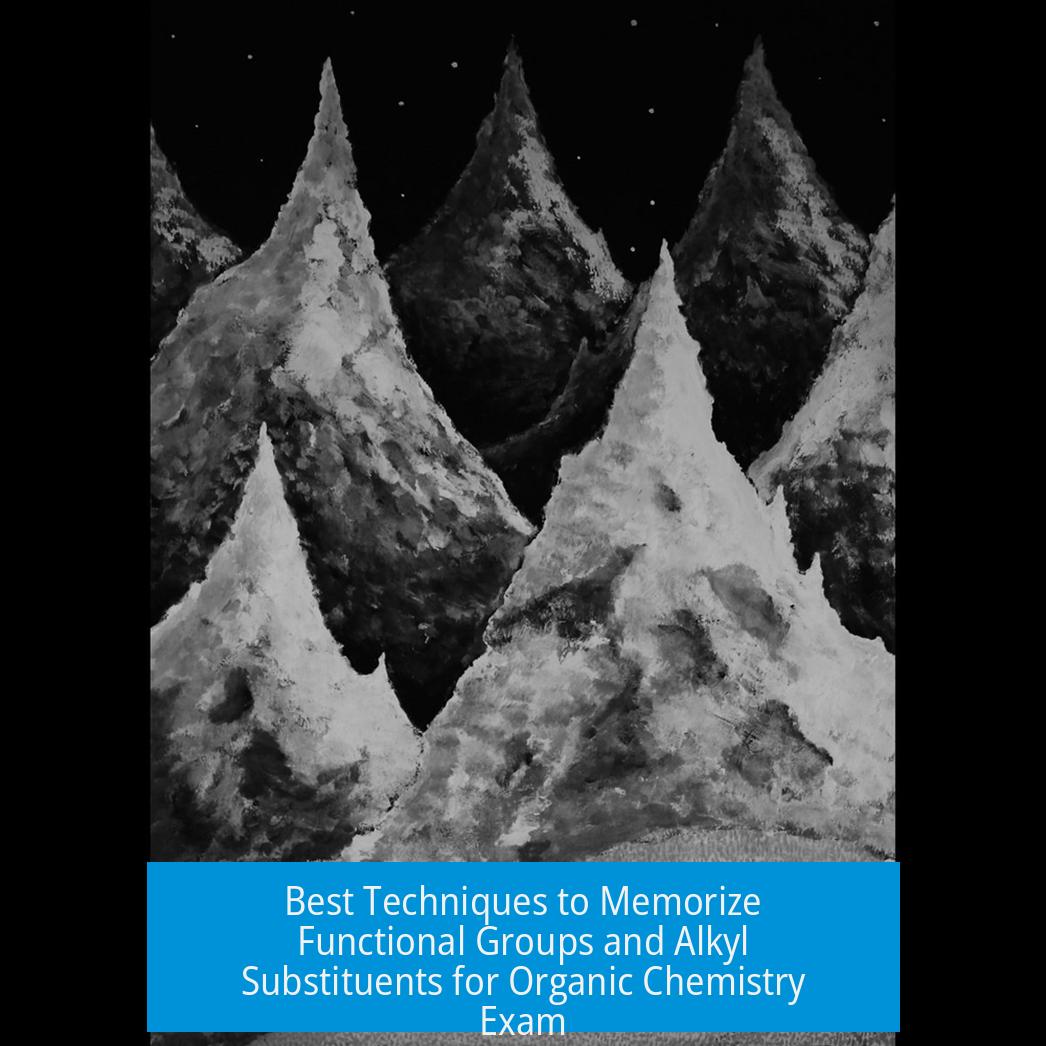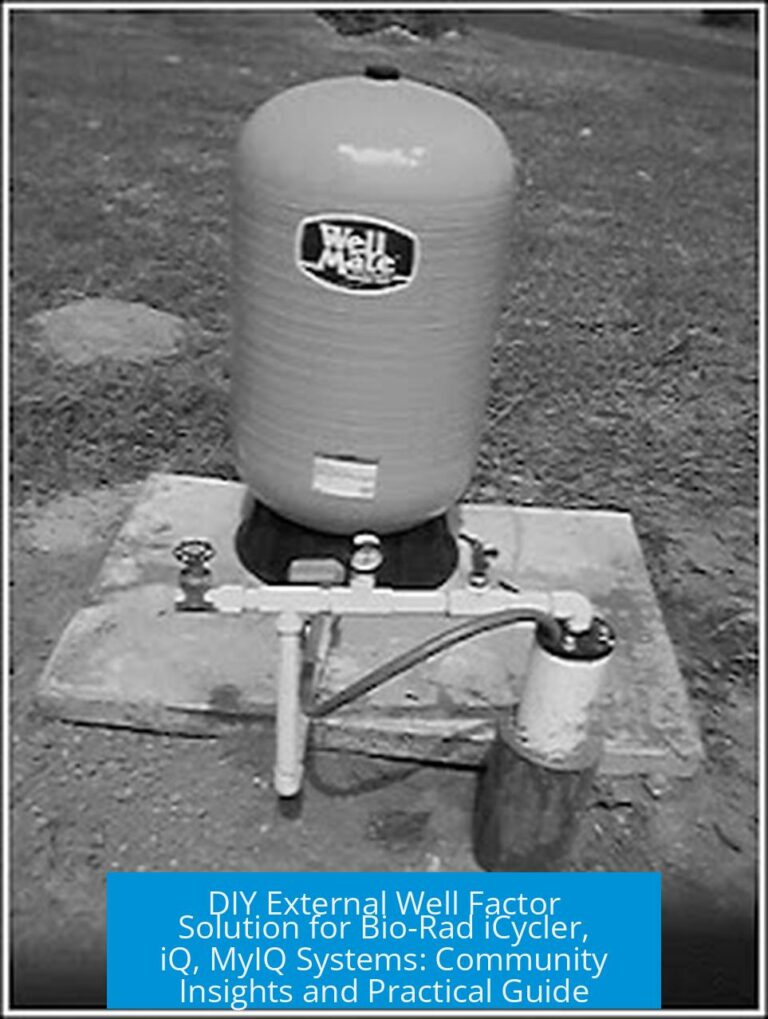Best Way to Memorize Functional Groups and Alkyl Substituent Names for an Organic Chemistry Exam

The best way to memorize functional groups and alkyl substituent names for an organic chemistry (orgo) exam is to combine active recall techniques such as repetitive writing, flashcards, and drawing, with pattern recognition and strategic study habits. Using interactive quizzes, educational videos, and study sessions before sleep enhances retention.
Active Recall Through Writing and Drawing
Repetition strengthens memory via muscle memory and visual reinforcement. Writing and drawing functional groups and alkyl substituent names repeatedly is highly effective. Using a small whiteboard or paper helps. It is beneficial to mix the order in which you recall each group or substituent to prevent rote memorization and improve adaptability.
- Write and draw each functional group multiple times.
- Randomize the sequence to challenge recall.
- Invite a study partner to quiz you by calling out names or structures randomly.
This process turns recognition into active recall, deeper learning, and memory consolidation.
Flashcards for Recognition and Recall
Flashcards assist in focusing on both identifying structures and retrieving names from memory.
- Draw the structure on one side of the card.
- Write the functional group or alkyl substituent name on the other side.
- Practice flipping between sides to test yourself in both directions.
Using flashcards in short, frequent sessions avoids fatigue and aids long-term memorization. Keeping away from phones during or right before bed preserves study focus and memory encoding.
Practice Drawing to Reinforce Learning
Beyond recognizing, drawing functional groups solidifies understanding and recall.
- Utilize online tools such as Quizlet to practice recognition first.
- After recognizing, reproduce the structures by hand repeatedly.
- Consistent drawing develops confidence in naming and identifying groups under exam conditions.
Drawing anchors the structure’s visual-spatial aspects, which benefits memory retention.
Focus on Pattern Recognition Rather Than Pure Memorization

Organic chemistry functional groups follow chemical logic and structural patterns.
- Identify common molecular features among groups (e.g., carbonyl presence in aldehydes and ketones).
- Learn characteristic bonds and substituent patterns for alkyl groups (methyl, ethyl, propyl, etc.).
- Link functional groups and their chemical properties to reinforce meaning beyond names.
This understanding enhances your ability to deduce unknown groups and retain names longer.
Optimal Study Timing and Habits
Study Before Sleep
Memory consolidation is stronger when studying occurs shortly before sleep. Taking a nap after study sessions maximizes retention.
Avoid Phone Use Before Bed
Electronic distractions lower memory performance. Minimize phone use before sleeping to preserve the benefits of pre-sleep study.
Use Online Resources and Apps
Combine self-study with digital aids to diversify learning methods.
- Educational Videos: Videos explaining functional groups can provide visual and conceptual clarity. For example, tutorials on YouTube offer concise explanations aligned with exam topics.
- Practice Quizzes: Websites like Nomenclature101.com offer quizzes to reinforce naming skills and provide spaced repetition.
- Apps: Interactive apps such as Chirality 2 support active learning of molecular structures and functional groups on mobile devices.
Quantity of Practice and Early Preparation
Attempt to cover a wide range of functional groups and alkyl substituents to build a robust understanding. Starting your review early provides more time for repeated exposure and practice.
- Write and draw extensively to confront different functional groups.
- Do not cram; spread study sessions out over several days.
Mindset and Support
Maintaining a positive attitude helps reduce exam anxiety and improves focus. Encouragement from peers and self-confidence contribute to successful memorization.
Exchange study tips, quiz each other, and share resources with fellow students.
Summary of Effective Techniques
| Technique | Description | Benefit |
|---|---|---|
| Writing & Drawing | Repetitive manual practice of structures and names | Builds muscle memory and visual reinforcement |
| Flashcards | Practice recognition and recall with two-sided cards | Encourages active engagement and effective retrieval |
| Pattern Recognition | Understand chemistry patterns rather than rote learning | Improves long-term retention and problem-solving |
| Study Timing | Review before sleep, avoid distractions | Enhances memory consolidation |
| Online Tools | Use videos, quizzes, and apps | Diversifies learning styles and adds interactivity |
Key Takeaways
- Use repeated writing and drawing to build muscle memory.
- Flashcards help to actively recall structure-name pairs.
- Learn underlying patterns to deepen understanding.
- Study just before sleep for better retention.
- Limit distractions like phones during study periods.
- Utilize quizzes, videos, and apps to supplement practice.
- Start early and practice extensively.
- Maintain a positive and supported study mindset.





Leave a Comment